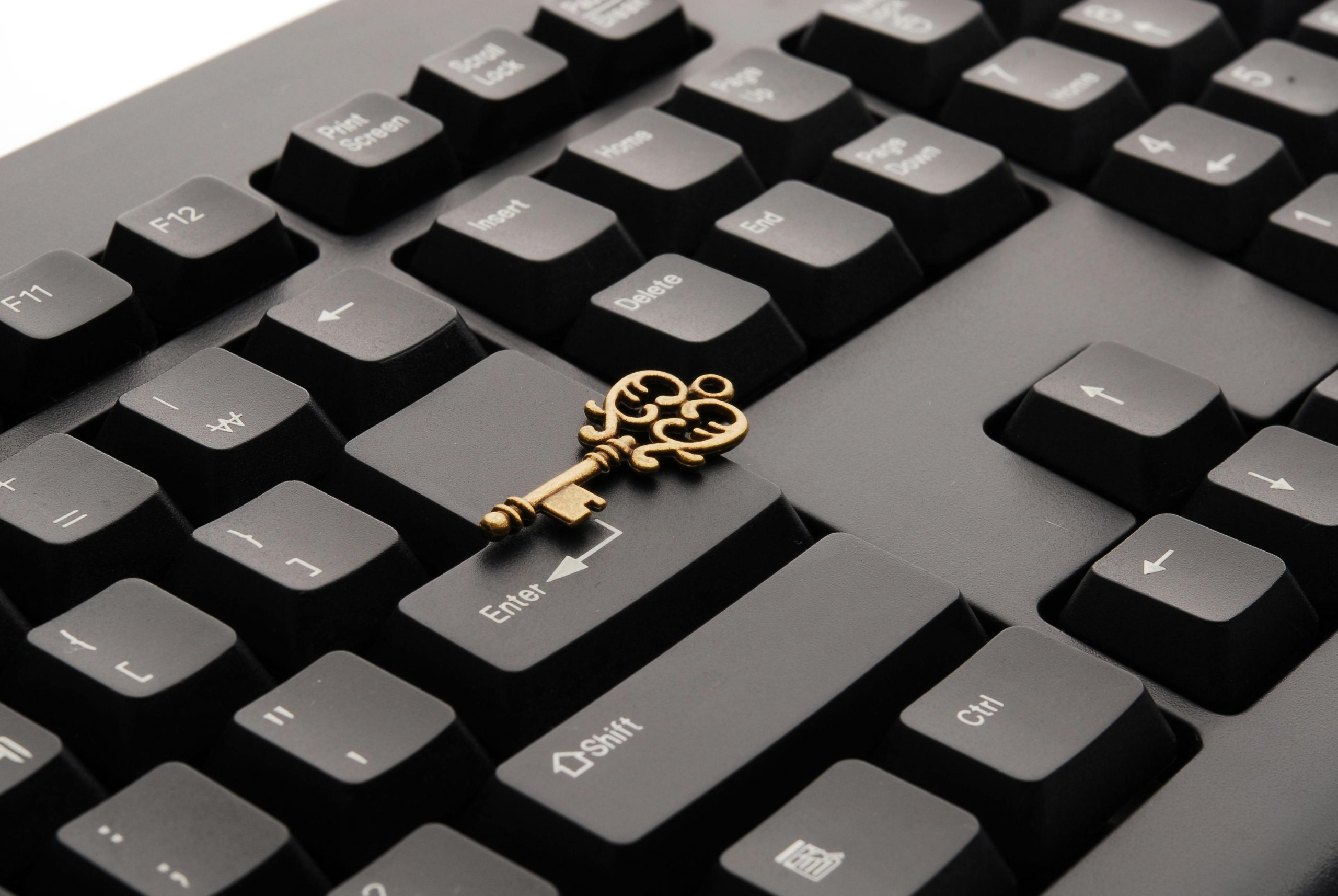Navigating the Complexities of a New PC Build: Troubleshooting and Insights
Building a PC can be an exhilarating yet daunting experience, especially for newcomers to the world of custom gaming rigs. Ensuring that every component functions perfectly in harmony is akin to performing a delicate symphony. However, what happens when your freshly assembled system starts behaving erratically? Below, we’ll delve into the trials faced by a fellow PC builder, analyze possible causes of the issues, and discuss comprehensive solutions to address these challenges.
The Journey of Building A New PC
Embarking on the journey of building your own computer is as much about embracing the learning curve as it is about enjoying the end result—a high-powered machine tailored to your personal needs. Our build in question featured a series of carefully chosen components including the NZXT H7 Flow case, Ryzen 7 9800X3D CPU, Corsair Nautilus 360 cooler, Asus TUF B850 WiFi Plus motherboard, G.SKILL 2x32GB RAM, Gigabyte 5080 Gaming OC GPU, and an MSI MAG 1000W PCIe 5.1 ready PSU. These components are crucial to supporting smooth gameplay and efficient processing. However, even the most well-planned builds can encounter issues.
Initial Challenges and Solutions
Power Supply Connection Issues
One of the initial hurdles encountered was related to the GPU’s power supply connection. Not having the PCIe 5.1 power cord from the PSU properly connected to the GPU resulted in six hours of troubleshooting confusion. This often overlooked issue can lead to the system displaying power but failing to boot or detect the display adapter.
Solution: Ensure all power cables are securely connected and check that your PSU is appropriate for your GPU’s power requirements. Sometimes, the simple re-seating of connectors can resolve intermittent issues.
Symptoms of System Instability
After resolving the power supply connection, our builder faced successful gaming sessions, only to experience a new set of problems including breaker trips during high-load scenarios, the loss of GPU signal, and NVIDIA driver installation failures.
Breaker Tripping
The breaker tripping during maxed-out settings in demanding games like Resident Evil 4 is indicative of excessive power draw.
Solution: Distribute the load by connecting the PC to a dedicated circuit, or investigating the capacity of the current power supply. Ensure that peripherals or other devices are not sharing the same surge protector that the PC is using.
Display Signal Loss
The loss of display signal was intertwined with random power losses to the GPU, which could still exhibit power (fans spinning, RGB lighting) without sending a video signal.
Solution: Monitor the GPU’s temperature and check for overheating issues. A fresh installation of GPU drivers is often beneficial, but in persistent cases, consulting a technician may be necessary.
Unidentified Device in Device Manager
The presence of an unidentified device in the Device Manager, suspected to be a chipset driver issue, can disrupt the proper functioning of the system.
Solution: Updating the chipset driver from AMD’s official website is the correct course, but if issues persist, consider using a driver detection tool that can automatically scan and update outdated or missing drivers.
Comprehensive Solutions and Recommendations
When faced with ongoing complications, conducting a complete fresh install of the operating system can eradicate underlying Software issues. Here’s a step-by-step approach to troubleshooting such a build:
Fresh Install of Windows
- Backup Data: Ensure all critical data is backed up to prevent loss during the reinstallation.
- Create a Bootable USB Drive: Download the Windows installation media from Microsoft’s official site and use the Media Creation Tool to create a bootable USB drive.
- Reinstallation: Boot the PC using the USB drive by selecting it from the boot menu. Follow the prompts to perform a clean installation.
After the fresh install, update all drivers and perform stability tests using reliable Software such as Prime95 for CPU stress testing and MemTest86 for RAM testing.
Testing Hardware Components
- GPU: Use Software like FurMark to stress test the GPU and monitor temperatures as well as performance under load.
- Power Supply: If possible, try using a different PSU to rule out power delivery issues.
- Motherboard and RAM: Reseat and individually test RAM sticks; ensure all BIOS settings are correctly configured for your hardware setup.
Conclusion: Have Patience and Persevere
Building a computer is an intricate task that demands patience and perseverance. Every challenge provides an opportunity to gain deeper understanding and skills. Our journey is a testament to the complexities involved in mastering PC components and configurations. The satisfaction of successfully troubleshooting and optimizing a custom build is unparalleled and sets the stage for a rewarding computing experience.
Embrace the learning process and don’t hesitate to seek advice from online communities, hardware forums, or professional technicians. With dedication to quality components and commitment to ongoing maintenance, your rig will soon provide not just trouble-free performance, but a platform that evolves alongside your technological aspirations.
In conclusion, though our fervent PC builder contemplated stepping away from the world of DIY rigs, hopefully this experience serves not only as a lesson in troubleshooting, but also in fortitude. After all, every issue conquered makes us better builders—and gamers.
Share this content:




Response to New Build Issues
Hi there!
It sounds like you’ve encountered some frustrating challenges during your new build, but the good news is, many of these issues are common and systemic. Here’s a breakdown of what you might consider as potential troubleshooting steps:
1. Power Supply Concerns
It’s great you identified the initial power supply connection issue! If your system is still tripping breakers during high-load scenarios, you may want to:
2. Display Signal Loss
The loss of signal could stem from several sources. Apart from checking overheating, consider:
3. Device Manager Anomalies
If you’re running into unidentified devices, updating chipset drivers is essential. Additionally: